|
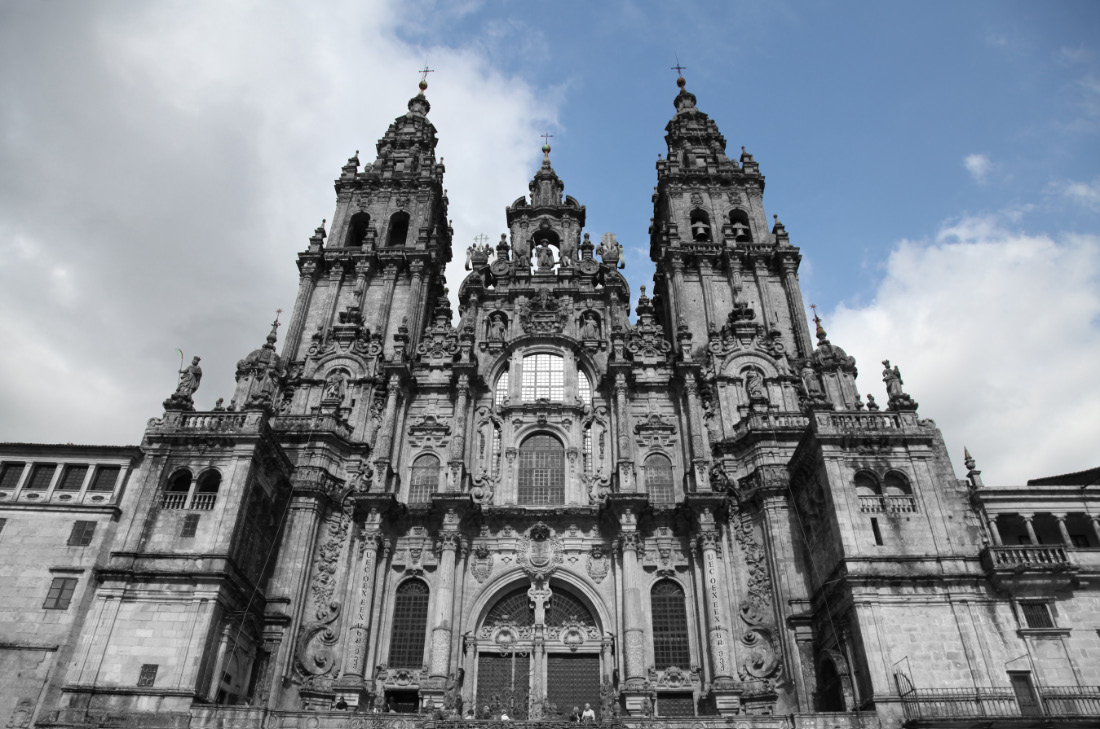
Many would say the most important site in the Spanish-speaking world: Catedral de Santiago de Compostela - Cathedral of Santiago de Compostela , built 1075 - 1211. (Photographed May 2012) |
|
| |
El objetivo más importante de este portal de Internet es proporcionar y difundir información sobre la película “Cristiandad Europea Unida - Remediemos el Cisma Ya (United European Christendom – Heal the Schism Now)”. Además, el principal objetivo de esta película es contribuir a la reunificación de la Iglesia Católica Ortodoxa y a la fundación, o re-fundación, de la unidad e integración civilizada más importante de la Cristiandad, empezando con la Cristiandad Europea. Esta película se propone hablar a la comunidad de los fieles Cristianos. En sus significados más importantes, “Cristiandad Europea Unida - Remediemos el Cisma Ya” parecen ser dos películas, y no dos partes de una, porque los dos temas son tan distintos el uno del otro. Uno de los temas, la Cristiandad Europea, es enormemente importante. Y el otro, la Iglesia, es muchísimo más importante. No espere que vayan a faltar contradicciones aparentes en la comprensión de cómo la comunidad Cristiana debería proceder respecto a estos dos asuntos.
La primera parte, llamémosla la primera película, pretende considerar temas teológicos, eclesiásticos y otros relacionados con el cisma en los ámbitos de la Iglesia del Siglo V y sobre todo con el Gran Cisma de la Iglesia, cuya fecha se establece por convención en 1054, ocurrido entre el Siglo IX y el inicio del Siglo XIII y aún más allá. Dados los temas considerados, los que abarcan nuestra lucha por comprender las intenciones de Dios para con su Iglesia, las disputas no pueden ser consideradas leves. Dada la comprensión compartida por todos los Cristianos del mandamiento de Dios en pos de esa unidad, y reflejada con preeminencia en la Sagrada Escritura que reproduce este portal de Internet, las disputas no pueden ser consideradas insuperables.
Las realidades actuales, así como también los escritos de los pensadores pre-eminentes en este tema, y los diálogos y programas entre altas jerarquías Eclesiásticas, sugieren que la unificación corporativa entre las Iglesias de la Tradición, aquellas que revalidan los Sacramentos –sobre todo la Eucarística– y la Sucesión Apostólica y el sacerdocio debidamente consagrado, es posible. Estas, en orden ascendente según la cantidad de fieles de sus comunidades, son (1) las Iglesias Ortodoxas Orientales; (2) las Iglesias Ortodoxas que están en Comunión con el Patriarca Ecuménico de Constantinopla; y (3) la Iglesia Católica. A esta lista de consenso común, el autor de esta película quiso añadir un cuarto grupo. Mientras ambas Iglesias, la Ortodoxa y la Católica, intentan relacionarse oficialmente con las Iglesias de este grupo mediante la falta de relaciones, hasta el punto de ignorar su existencia, este cuarto grupo puede ser definido como estando formado por aquellas Iglesias Ortodoxas de tradición litúrgica Bizantina-Eslava que no están en Comunión con el Patriarca Ecuménico de Constantinopla. La Iglesia Ortodoxa Ucraniana, Patriarcado de Kiev, es sólo la más poblada del amplio espectro de Iglesias atrapadas por este desorden eclesiástico.
Tan importantes como son los protestantes para la Cristiandad, la aparición del Protestantismo y las innumerables separaciones dentro de la Iglesia occidental que comenzaron (con algunas pequeñas excepciones) desde el Siglo XVI no son parte de esta primera película. Son, sin embargo, parte fundamental de la historia narrada en la "segunda" película.
La segunda película invita al espectador que ingrese en una introspección civilizada sobre cuáles han sido los costes de la desunión Cristiana. Está compuesta esencialmente por una serie de casos de estudio sobre los costos del Cisma. Además, invita a que el espectador se involucre en especulaciones informadas sobre qué puede esperar la Cristiandad, empezando por la Cristiandad Europea, si continúa la situación de desunión Cristiana. ¿Cómo cree usted que nos hemos estando desempeñando? ¿Vamos en la dirección correcta?
La comunidad de fieles será la que determine finalmente si la unión de Iglesias se está realizando o si en realidad no llega a ocurrir. Los jerarcas de la Iglesia tienen sus roles asignados. No están preparados para a firmar una declaración conjunta o una Constitución Apostólica o algún otro documento que restablezca la Comunión y la unión, pero aunque lo estuviesen, ante la falta de apoyo de los fieles Cristianos, esa declaración fracasaría, como ocurrió en 1439 ... y la más importante Iglesia de la Cristiandad se convirtió en una Mezquita.
|
|
| |
|
|
|
|
| |
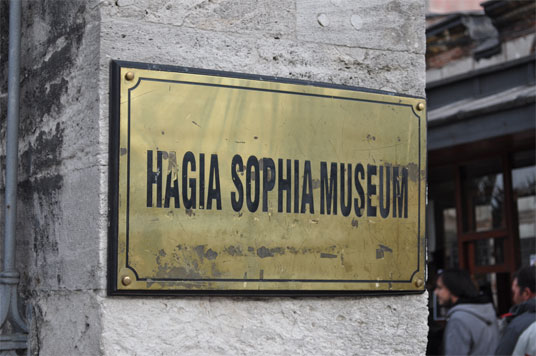 |
|
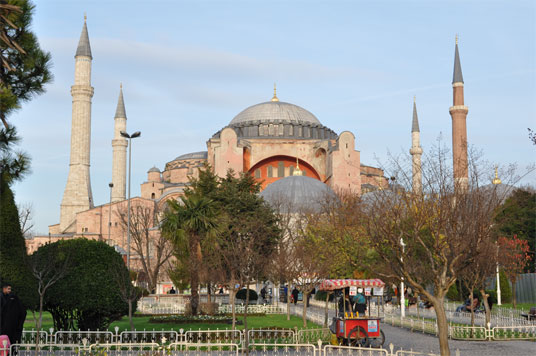 |
|
| |
|
|
|
|
| |
Así que usted debe decidir. ¿Quiere esta unión?
Por favor, vuelva a considerar esta pregunta después de haber visto la película. |
|
| |
|
|
|
|
| |
"La división contradice clara y abiertamente la voluntad de Cristo, es un escándalo para el mundo y perjudica la causa santísima de predicar el Evangelio a toda criatura... Creer en Cristo significa querer la unidad; querer la unidad significa querer la Iglesia; querer la Iglesia significa querer la comunión de gracia que corresponde a los designios del Padre desde toda la eternidad. Tal es el significado de la oración de Cristo: ''Ut unum sint (Seamos unidos)."
Juan Pablo II en su Encíclica epónima de 1995
"Los muros que nos dividen no llegan hasta el Cielo."
Metropolitano Platón de Kiev |
|
|
| |
|
|
|
|
| |
El hombre propone |
|
y Dios dispone |
|
| |
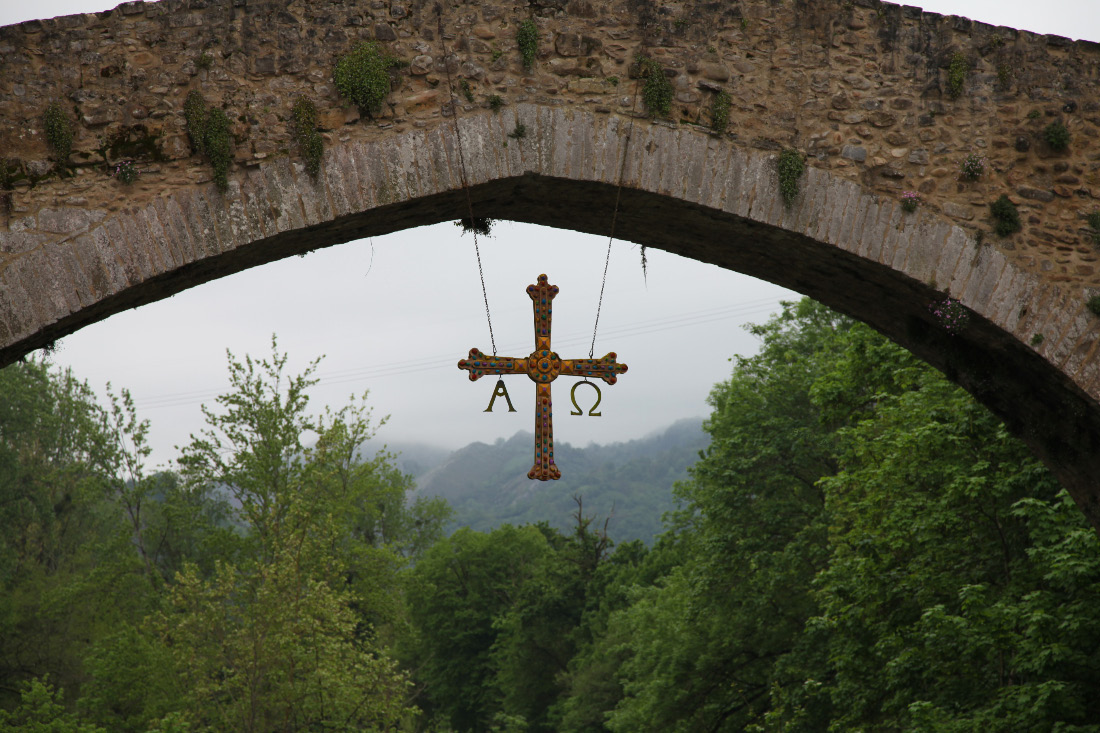 |
|
| |
Principáu d'Asturies – Principality of Asturias – Principado de Asturias |
|
| |
XIII century bridge – Puente Romano – over Rio Sella in Cangues d'Onís – Cangas de Onís |
|
| |
... near the site of the seminal Batalla de Covadonga - Batalla de Cuadonga - Battle of Covadonga, |
|
| |
of the Summer of 722 Anno Domini and the inauguration of the most holy Reconquista |
|
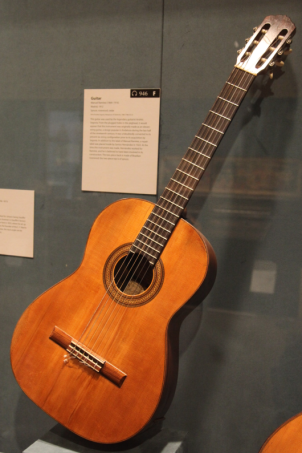
Guitar made c. 1912 by Manuel Ramirez (1864-1916)
used by Andrés Torres Segovia (1893-1987) MMA |
|
|
|
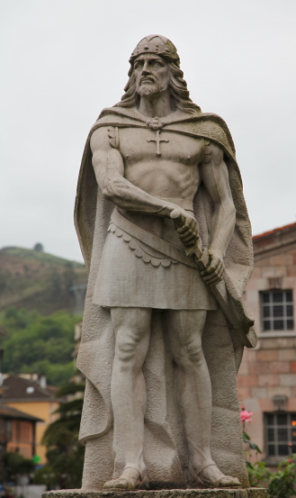
Pelayo - Pelagius (685 – 737), King and founder of the Kingdom of Asturias, lead victory at the Battle of Covadonga (Summer of 722) |
| |
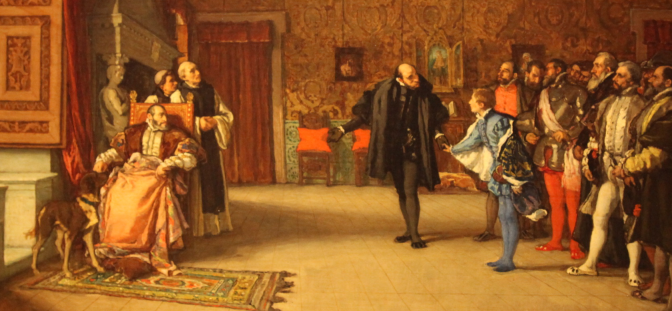
Eduardo Rosales, Presentacion de don Juan de Austria al emperador Carlos V en Yuste, Museo Nacional del Prado, Madrid
The Presentation of Don Juan de Austria to the Emperor Charles V at Yuste, the Prado, Madrid
Carlos V - Charles V, Holy Roman Emperor (r. 1519-1556), King of Spain (r. 1516-1556), Lord of the Netherlands (r. 1506-1555), father to Phillip II, illegitimate father to Don Juan de Austria (1547 - 1578), grandson of Isabella I, the Catholic, Queen of Castile (r. 1474 - 1504) and Ferdinand II of Aragon (r. 1479 - 1516), unifiers of Spain, completers of the glorious, eminently justified and holy Reconquista of Spain and European Christendom from the invading Muslims, and sponsors of the 1492 voyage and flawed but still holy opening of the New World to Christendom by Christopher Columbus' (1451 - 1506). |
|
 |
|
|
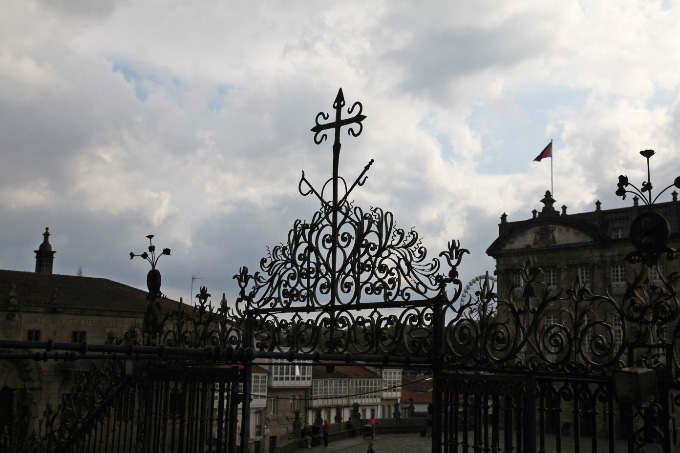 |
| |
|
|
|
La Cruz de Santiago |
| |
|
|
|
| |
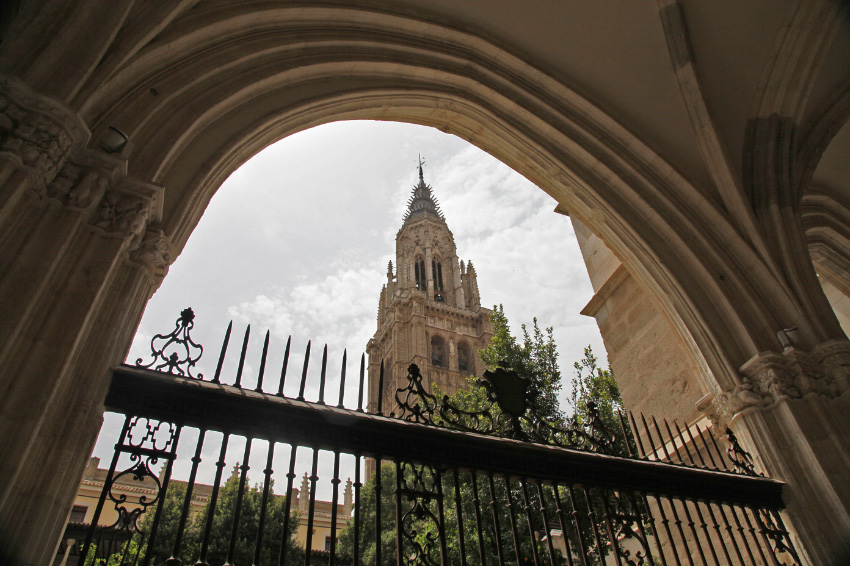 |
|
| |
View from the Cloister of the Catedral Primada Santa María de Toledo – the Primate Cathedral of Saint Mary of Toledo to the 92 meter high tower, both the work of the early 15th century, though the cloisters were begun in on 14 de agosto de 1389. One of the most magnificent architectural accomplishments of Christendom, work on the present Gothic Cathedral was begun in 1226 and finished in 1493 during the joint reign of the Catholic Monarchs:
- Fernando-Ferdinand II de Aragón (* 10 March 1452, r. as King of Sicily from 1468 and as King of Aragon from 20 January 1479 to his death on 23 January 1516 †) and
- Isabel-Isabella I de Castilla (* 22 April 1451, r. as Queen of Castile and León from 11 December 1474 to her death on 26 November 1504 †).
By tradition construction took place on the site of a much earlier Church, and this earlier Church structure was reconsecrated in 587 Anno Domini when the then ruler of Toledo abandoned the Arian heresy of his predecessor Visigothic kings and of the nobles in general and accepted true Christianity, Orthodox-Catholic Christianity. This ruler was the Visigothic King of Hispania, Galicia (northwest Spain, not Poland) and Septimania, Reccaredus– Recaredo – Reccared I (r. April/May 586 until December of 601). It would be difficult to overstate how monumentos for the history of Hispania and for all of Christendom was the conversion of Visigoth King Reccared I to Orthodox-Catholic Christianity.
But there is more, and unfortunately steps taken by king and council, local Church council that is, in the wake of the this important, though still only local, victory over Arianism have had implications which still plague the Universal Church — the Orthodox-Catholic Church— more than 1400 years afterward.
|
|
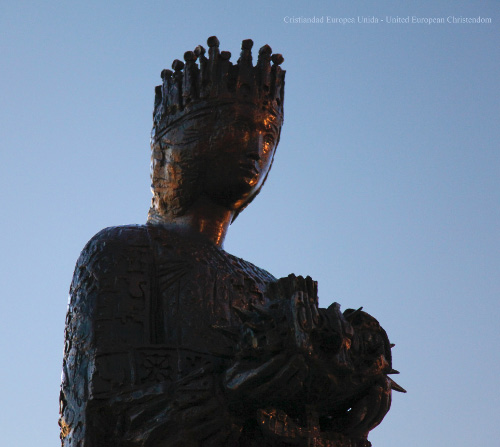 |
|
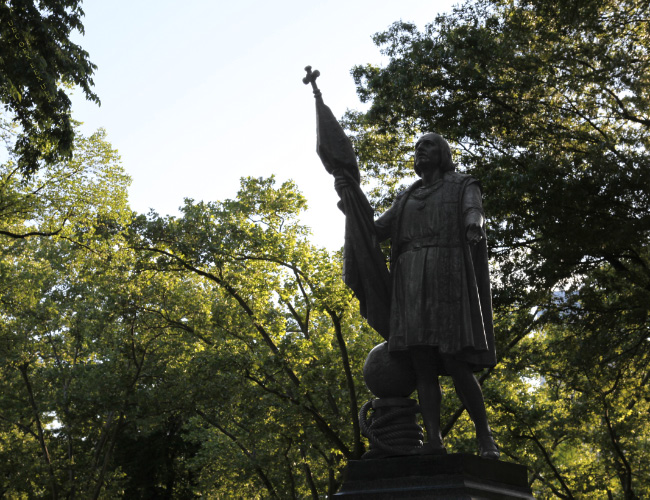 |
| Ysabel I la Catolica |
|
Cristoforo Colombo – Cristóbal Colón – Christopher Columbus
(* c. 1451, Genova, Italia – Valladolid, Castilla, España 20 May 1506)
Sculpture in Central Park in New York City. |
| |
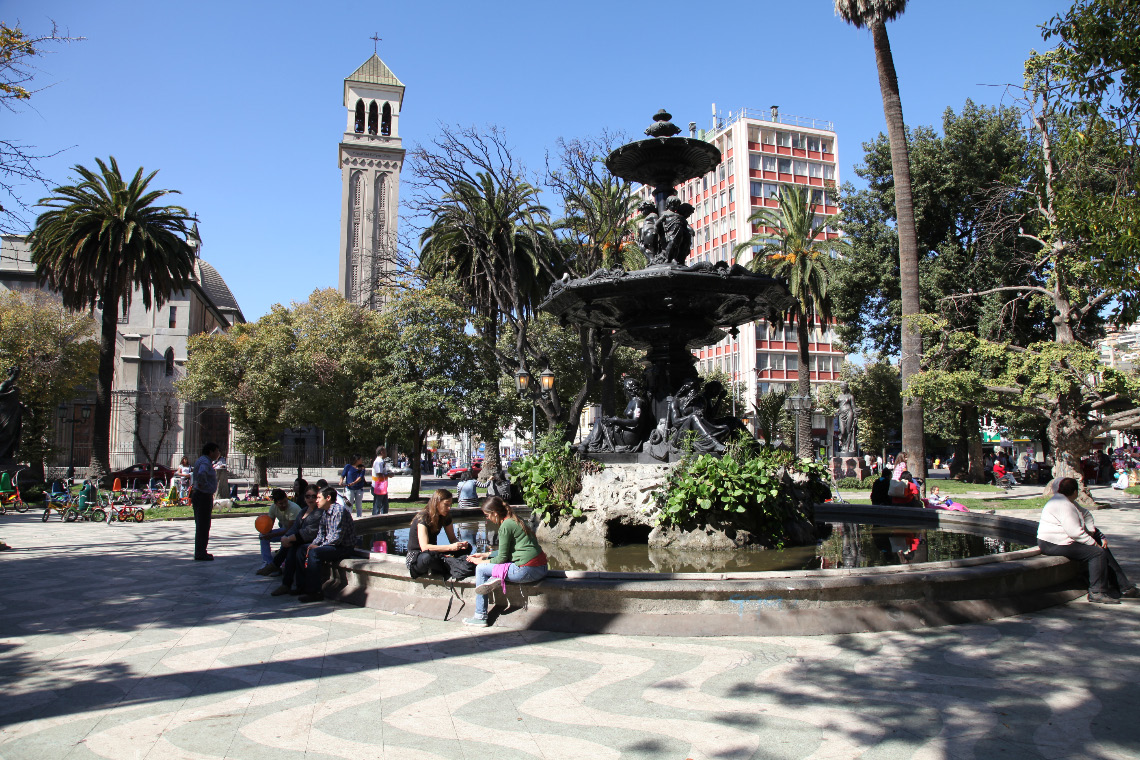 |
|
| |
Somewhere beautiful in European Christendom. Though more specifically, this is La Plaza Victoria – Victory Square in the center of Valparaíso, Chile, South America, European Christendom, Earth. Victory? Victory over whom? Well, not too many surprises here. Like the rest of us, the Chileans are celebrating a victory over other Descendants of European Christendom, a victory in one of our unnumbered fratricidal battles. Here it was their victory in the Guerra contra la Confederación Perú-Boliviana – War of the Peru-Bolivian Confederation (1836–1839). Perhaps sometime have a look at the men that the Chileans defeated, guys with names like Santa Cruz (Holy Cross) and José Trinidad (Joseph Trinity). In the background one sees the Catedral de Valparaíso, built 1930 to 1950. Pretty girls are wonderful. |
|
| Rise, and have no fear. |
|
This is my beloved Son, with whom I am well pleased; listen to him. |
the Holy Spirit |
Man proposes, God disposes |
|